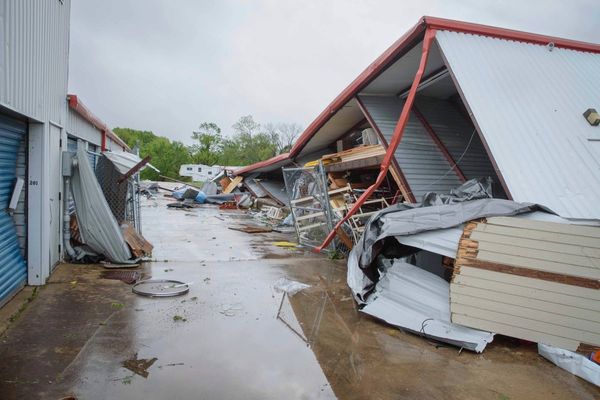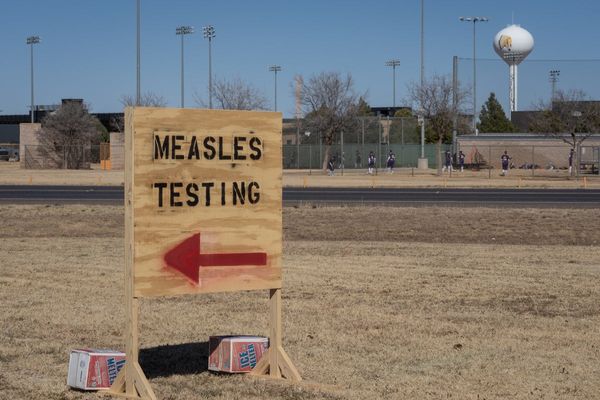
Glance around the paddock now at any club race meeting and the sight is very different to those of yesteryear. Even at the most grassroots of events, there will still be scores of large transporters and big awnings from teams and preparers that are running multiple cars.
Gone are the days when the vast majority of club competitors turned up at a track with a race machine on a trailer and a few friends or family members to act as mechanics. Now a whole industry has developed to assist the time-deprived amateur driver.
The rise of arrive-and-drive options was one of the topics that cropped up on several occasions when Autosport was researching its recent ‘what national motorsport will look like in 10 years’ feature. And it is easy to see why working with a team is so popular – and is likely to continue to be in the future.
“I think there will be more and more arrive and drive and that taps into that sociological change that people feel they don't have so much time on their hands,” says Hugh Chambers, CEO of governing body Motorsport UK.
“People would probably prefer to pay a bit more for someone else to prep their car than spending every evening during the week preparing the car for the weekend and then loading it up on the trailer and having to trailer it there themselves and where do they park the car and where do they keep the trailer? I think the rise of arrive and drive is just going to continue in circuit racing.”
Arrive-and-drive is a form of motorsport Chambers has himself sampled, so he appreciates the advantages that it brings. “Certainly when I was racing my MGB, I had somebody running it for me and you look at the cost benefit analysis and it's a no-brainer for me!” he says.

“The amount of time I would've had to spend with the infrastructure and logistics, which they can do because they're all equipped and they can do those things very easily.”
Chambers believes that working alongside an established team/preparer gives many benefits, besides just saving time spent tinkering on the car – especially for rookies embarking on their racing debut.
“You've got advice, you've got somebody there to help you to navigate through the logistics and, if you're new into the sport, about scrutineering and so on and so forth,” he explains. “Whereas, if you turn up as a complete novice, it's pretty difficult to know your way around the paddock.”
In a world of ever-increasing prices, drivers without the time or knowledge to run a car themselves could suddenly become priced out of competing. Another concern is where this leaves the humble racer who does still do the work themselves.
Some categories take that arrive-and-drive concept to a whole new level. Take MotorSport Vision Racing’s Focus Cup as an example. All the turbo-diesel Fords (along with the new petrol model that is starting to be introduced into the championship) are centrally run and are transported to each event by the organisers. The cars are randomly allocated and all the drivers have to do is turn up.
It is not hard to see why arrive-and-drive is going through such a period of popularity, especially as modern cars are getting ever more complicated and increasingly impossible for the average man or woman from the street to maintain, fix and prepare for the circuit. Decades ago, things were far simpler.
“I think it’s a generational thing,” says Classic Sports Car Club director Hugo Holder. “We were brought up in a way to buy an old banger and we would do all the work on it ourselves to keep it running. It’s going to get a lot more expensive now. If you’re looking at a BMW you’ve got to be handy with a laptop as well as being a mechanic.”

However, there are some pitfalls to this relentless rise of the club racing team. First is cost. Although many preparers charge affordable rates, these are all businesses at the end of the day and they have got to make the finances work.
In a world of ever-increasing prices, drivers without the time or knowledge to run a car themselves could suddenly become priced out of competing. Another concern is where this leaves the humble racer who does still do the work themselves.
With some teams boasting vast expertise and experience among their ranks along with reams of data on the best set-ups, these giants could become hard to defeat for the plucky privateer. There is a real risk the face of club racing could change forever.
As with anything, a healthy balance seems to be the answer. Teams and preparers are vital to enable many club competitors to get out on the grid but those increasingly rare one/two-person bands should not be forgotten about either.
Regardless of whether the paddocks are packed with transporters and awnings or little trailers and privateers, the most important consideration is that they remain full in the first place. Encouraging as many people to take part as possible, whether or not they run their own car, has got to be the priority for organisers.








